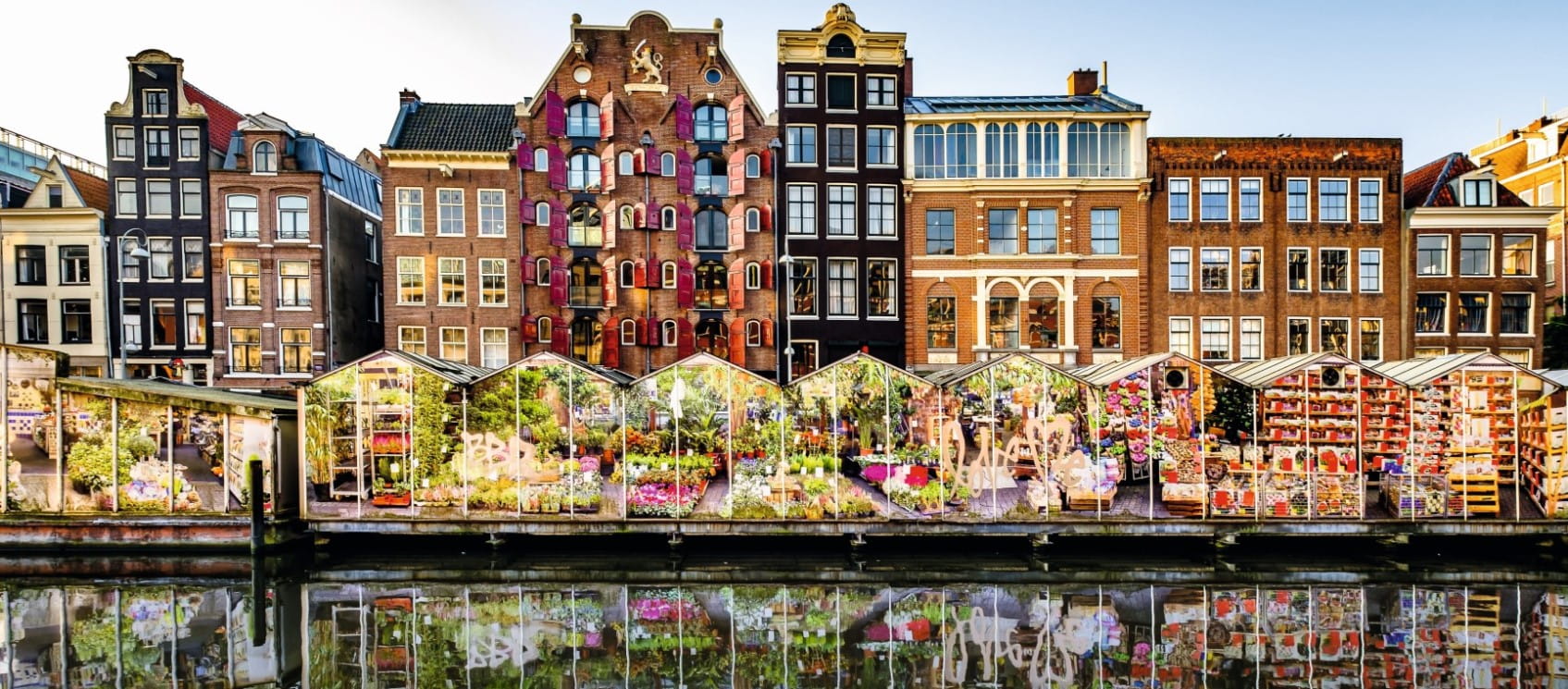
The Dutch have a saying, "Het is zoals het is", which translates as, "It is what it is".
It sums up the down-to-earth realism of Holland, and it’s the key to the Amsterdam vibe. This is a city with an air of relaxed pragmatism: a laid-back, picturesque, canal-crossed capital, only four hours by train from central London.
What’s more, it’s party time in Amsterdam for the next 12 months as the city celebrates its 750th birthday in October 2025. Events begin this year, on 27 October 2024, with the Opening Concert at the Ziggo Dome.
Amsterdam was ‘born’ in 1275, when it was first recorded as a settlement called ‘Dam on the River Amstel’ and people were given the right to navigate the waters without paying tolls.
In 1345, it was the site of the Miracle of the Host (so called because a sick man is said to have vomited an intact communion wafer) and it became a major pilgrimage centre.

World-class museums, world-heritage canals and a wealth of architecture tell the story of Amsterdam’s colourful past - discover it all on a river cruise.
However, by the turn of the 20th century it had become famous for rather more sacrilegious reasons, with its relaxed attitude to drugs and sex work appealing to rowdy youngsters. But in 2007, the city cleaned up its act, discouraging stag and hen groups and focusing instead on its museums, art, history and culture.
This city has been a big part of my life for the past eight years, since my daughter moved here. Now my first grandchild, Soli, has arrived, I’m an even more regular visitor.
I’ve grown to love its feel-good vibe from a truly international population and a smattering of quirkiness – like the sign outside the apartment I often rent that says: "Champagne in the morning."
It feels very Amsterdam to say proost (cheers!) to that.

The city’s blessed with some of the world’s finest museums, including the Rijksmuseum, with works including Rembrandt’s The Night Watch and Vermeer’s The Milkmaid.
But there are many lesser-known gems, such as Ons’ Lieve Heer op Solder. It looks like a typical 17th-century canal house, but its name, Our Lord in the Attic, refers to the Baroque church hidden underneath its rafters, where people worshipped for 200 years when Catholicism was banned in the country.
For me, the chance to look behind the elegant canal house façades like these is part of the joy.
Others include Museum Van Loon, a 17th-century city palace with an exquisite inner garden, combining formality with a family house.
Huis Marseille on Keizersgracht is similar: now a museum of contemporary photography, you can also experience its airy rooms and shuttered windows.
Since Amsterdam’s foundation is marshland, these houses were built on poles; to maximise space they built upwards, with giant hooks on the façade and big windows so they could hoist up the furniture and swing it into the living space.
When it comes to history, the most poignant stories centre on the Second World War Nazi occupation. The Anne Frank Museum gets booked up weeks in advance – but it’s not the only place to learn about the horrors. The Hollandsche Schouwburg, formerly a theatre, was the place from which Jewish people were deported to concentration camps.
Last year, following a renovation, it reopened as a memorial site, with audio from survivors, along with the new National Holocaust Museum across the road.

For a panoramic view, head to the roof of NEMO, the city’s science museum – a vast, tilted square with fountains, seats and maps pointing out places of interest. Climb the stairs to one side – it’s free and open from 10am-5.30pm. The café is rarely crowded, even on summer weekends.
For me, the city’s real character can be found strolling its leafy neighbourhoods where locals gather on doorsteps or around picnic tables on carless streets (bikes being the main mode of transport).
The 750th celebrations will turn the spotlight on different districts for 24-hour slots, with tours, exhibitions and theatre events. Wander to the Flower Market, on the Singel canal between the Koningsplein and Muntplein, for a panoply of colours and scents.
Close by is the De 9 Straatjes, or Nine Streets, an Amsterdam-for-Instagram area, but less busy and equally as picturesque is Haarlemmerstraat, with its vintage shops, boutiques, and cafés.
If shopping gets too much, remember this is a city of parks. The one most go to is Vondelpark but there are others equally as beautiful and much quieter. Try watching the world go by in Westerpark, Rembrandtpark and Frankendael.
Dutch food staples are steak and chips and appeltaart (made with sultanas and cinnamon) and the locally brewed beer is a speciality – try a flight of flavours at the Brouwerij ’t IJ tap room terrace.
De Kas is a high-end restaurant with food that can’t get more local. Most of the veg, herbs and fruits you’ll eat are grown in an on-site greenhouse. Booking is essential.
Rijsel is a French/Flemish, no-frills restaurant with an open kitchen – great for rotisserie chicken and a favourite with locals.
Don’t leave without trying the Indonesian food on offer.
Saga’s river cruise, Lake IJssel and Keukenhof Gardens on Spirit of the Rhine takes in Lake IJssel.
It begins and ends in Amsterdam, including a full day to explore.

Every issue of Saga Magazine is packed with inspirational real-life stories, exclusive celebrity interviews, brain-teasing puzzles and travel inspiration. Plus, expert advice on everything from health and finance to home improvements, to help you enjoy life to the full.
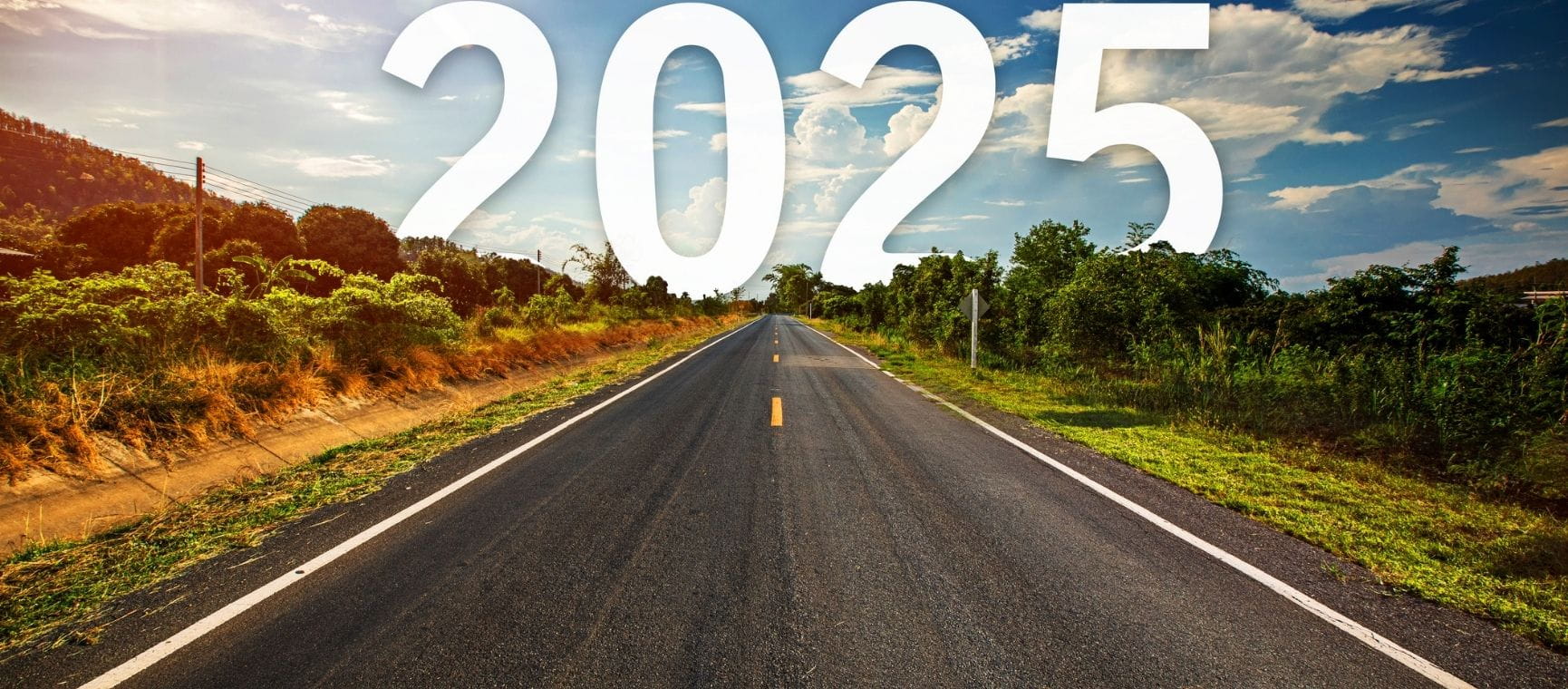


Whether your perfect beach holiday is just sun, sea and sand, or if you like a bit of sightseeing, shopping or snorkelling thrown in, one of these might be your ideal destination.
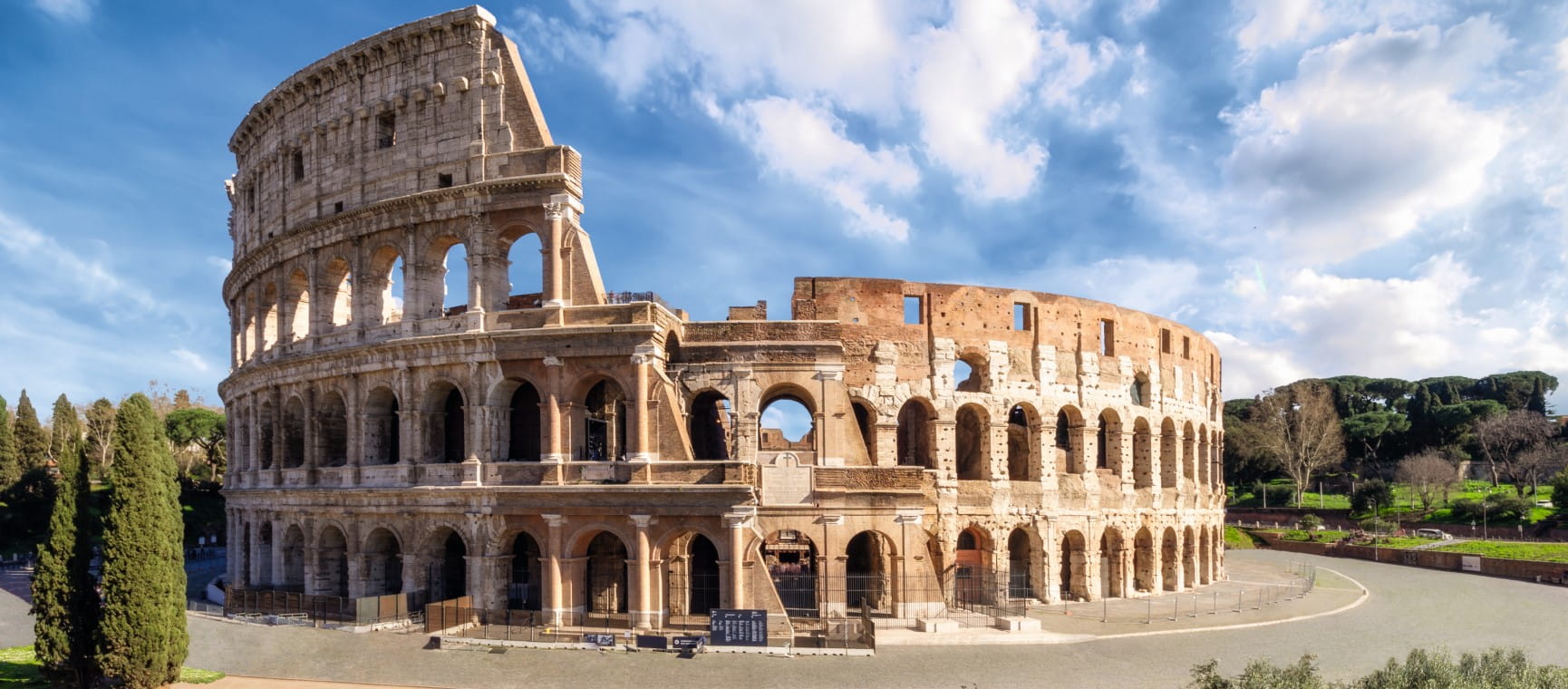
Jetting off to Italy’s ‘Eternal City’? We reveal the best places to visit in Rome, from ancient temples to al fresco dining with a view.


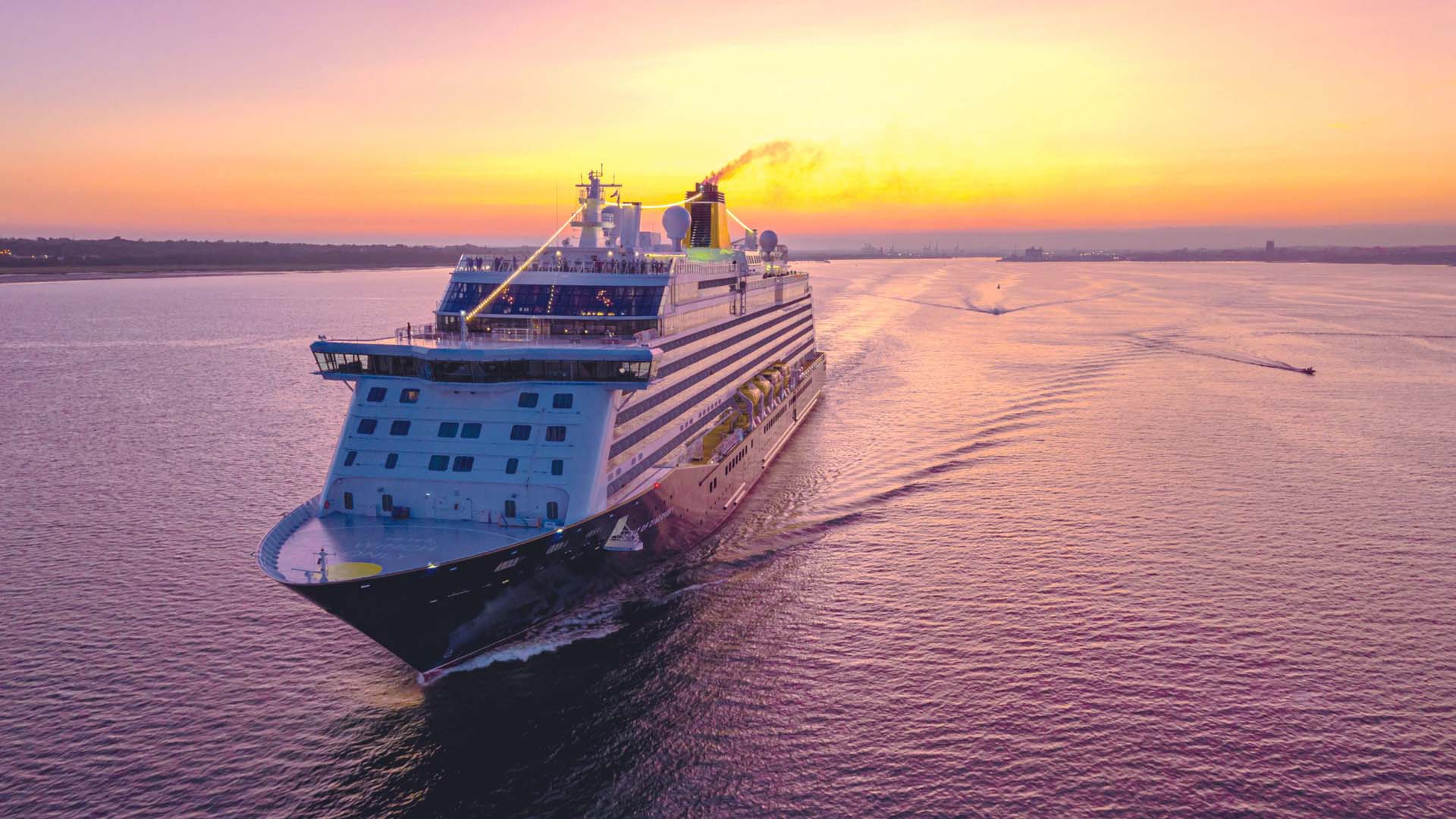
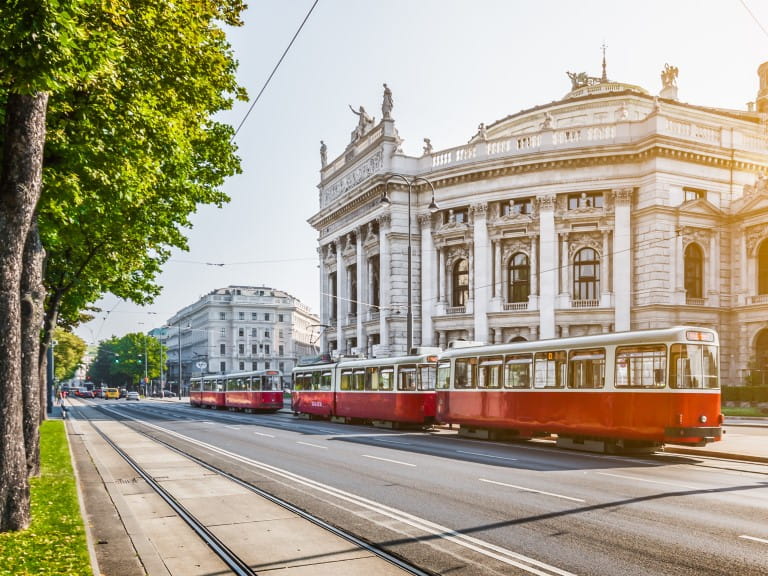

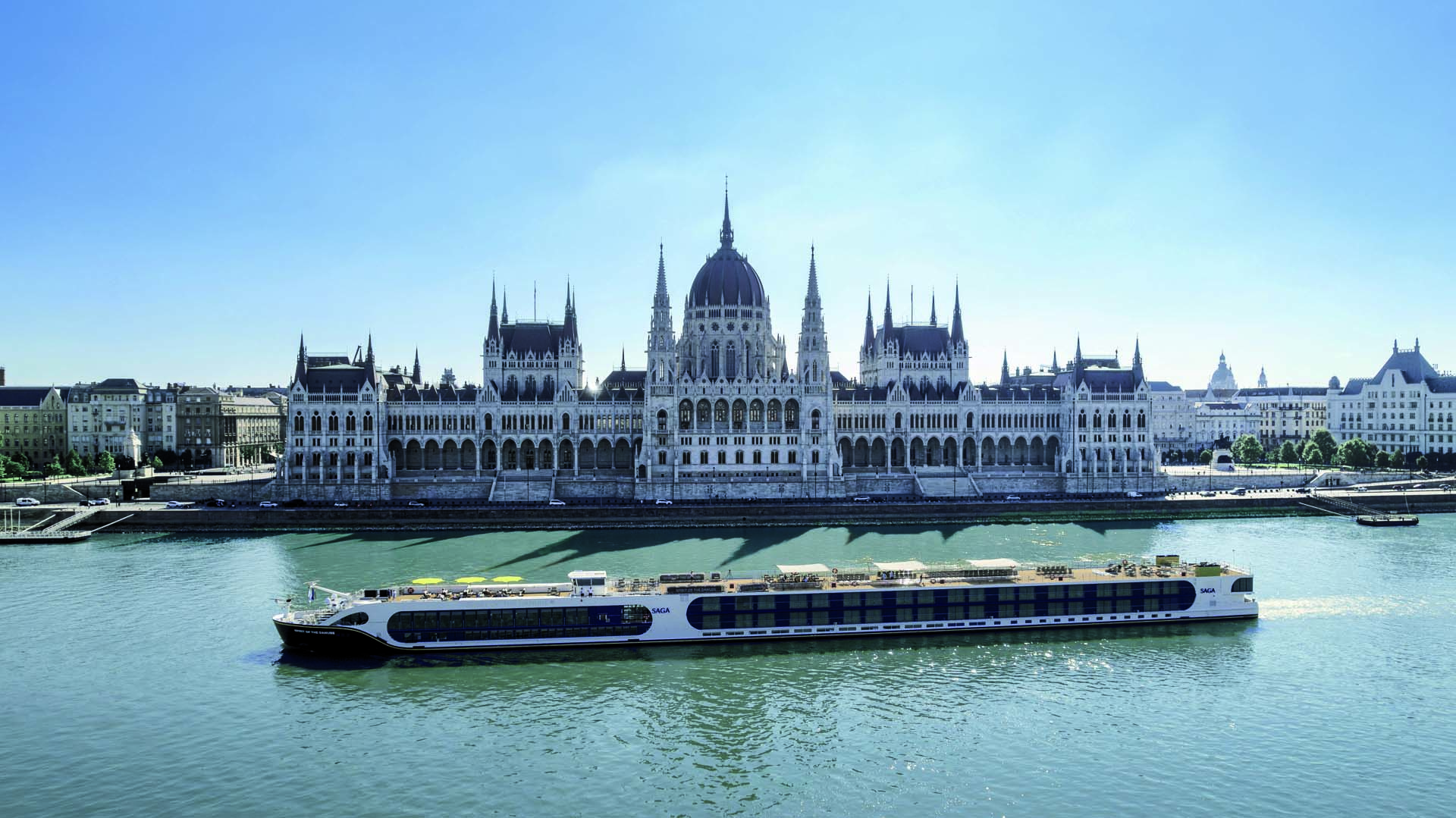
A different destination every day - why a river cruise could be your perfect summer holiday.
